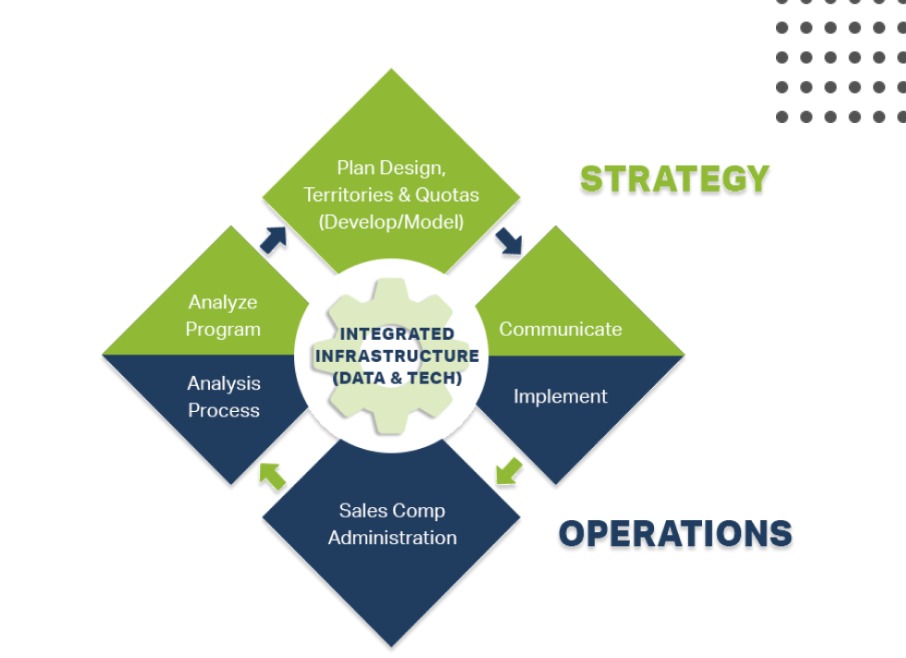
In today’s competitive educational landscape, effective sales performance management (SPM) has become crucial, especially in the K12 sector. With the right tools and strategies, educational institutions can enhance their sales efforts, drive more enrollment, and improve overall performance. The term “spm solution in k12 stands for” an integrated approach that focuses on improving sales effectiveness through strategic planning and implementation. This article explores the various aspects of sales performance management and provides insights into choosing the best SPM solutions for your institution.
Understanding the Basics: What is an SPM Solution in K12?
SPM, or Sales Performance Management, is a strategic approach used to monitor, manage, and enhance sales effectiveness. In the K12 sector, an SPM solution refers to systems and processes designed to optimize sales strategies to improve student enrollment and retention. By utilizing an effective sales performance management system, educational institutions can streamline their sales processes, align their salesforce with organizational goals, and ultimately, drive better outcomes.
SPM Business: The Core of Effective Sales Strategy
The SPM business is rapidly evolving, with more institutions recognizing the need for structured sales performance management. A well-defined SPM sales strategy can lead to improved decision-making, more accurate forecasting, and enhanced revenue generation. But what exactly makes an SPM solution effective? Key components include goal setting, performance tracking, and incentive management, all of which are essential in ensuring that sales teams remain motivated and focused on achieving their targets.
Sales Performance Management System: A Necessity in Modern Education
A robust sales performance management system is no longer just a luxury—it’s a necessity for modern educational institutions. This system integrates various tools and processes to monitor sales activities, evaluate performance, and implement corrective measures. Salesforce sales performance management, for example, provides a comprehensive platform that allows K12 institutions to manage their sales efforts effectively. By leveraging these tools, schools can ensure that their sales teams are operating at peak performance, thereby driving better student engagement and enrollment rates.
Booking vs Revenue: A Key Metric in SPM
Understanding the difference between booking vs revenue is crucial in the context of SPM. Bookings refer to the total value of contracts signed within a certain period, while revenue is the actual income received from these contracts. In the K12 sector, managing these two metrics effectively is vital for financial stability. An effective sales performance management solution helps institutions track both bookings and revenue, providing a clear picture of financial health and enabling more strategic planning.
Mid-Market Focus: How Many Employees Are Considered Mid-Market?
When it comes to targeting the mid-market segment, understanding the employee count is essential. The question of “how many employees are considered mid-market” is significant as it helps institutions categorize their prospects better and tailor their sales strategies accordingly. Typically, mid-market businesses are defined as having between 100 and 999 employees. For K12 institutions, focusing on this segment means developing specialized sales strategies that address the unique needs and challenges of mid-sized organizations.
Implementing SPM Solutions: Key Steps for Success
SPM implementation involves several critical steps to ensure success. First, institutions need to conduct a thorough SPM assessment to identify their current sales performance levels and areas for improvement. This assessment provides a baseline from which to measure progress and helps in setting realistic, achievable goals. Next, a customized SPM strategy is developed, focusing on key areas such as sales training, performance tracking, and incentive programs. Finally, the chosen sales performance management solution is implemented, integrating seamlessly with existing systems to ensure a smooth transition.
The Role of SPM Assessment in Enhancing Sales Performance
An SPM assessment is a critical step in enhancing sales performance. It involves evaluating the current sales processes, identifying gaps, and recommending improvements. For K12 institutions, this assessment is particularly important as it helps in understanding the unique challenges faced by sales teams in the educational sector. By conducting a thorough SPM assessment, institutions can develop targeted strategies to enhance sales force performance and achieve better results.
Choosing the Right SPM Sales Performance Management Solution
Selecting the right SPM sales performance management solution is crucial for achieving desired outcomes. Educational institutions need to consider several factors, including the scalability of the solution, ease of use, integration capabilities, and cost. The best SPM solutions are those that provide comprehensive features such as performance analytics, goal management, and incentive tracking while being flexible enough to adapt to the specific needs of the institution.
Conclusion: Driving Success with Effective SPM Strategies
In conclusion, implementing an effective SPM solution in K12 is essential for driving success. By focusing on key areas such as sales force performance, booking vs revenue management, and targeted strategies for mid-market segments, educational institutions can enhance their sales efforts and achieve better results. The key to success lies in choosing the right sales performance management system and implementing it effectively to align with the institution’s goals and objectives. With the right approach, K12 institutions can not only improve their sales performance but also create a more engaging and enriching learning environment for students.